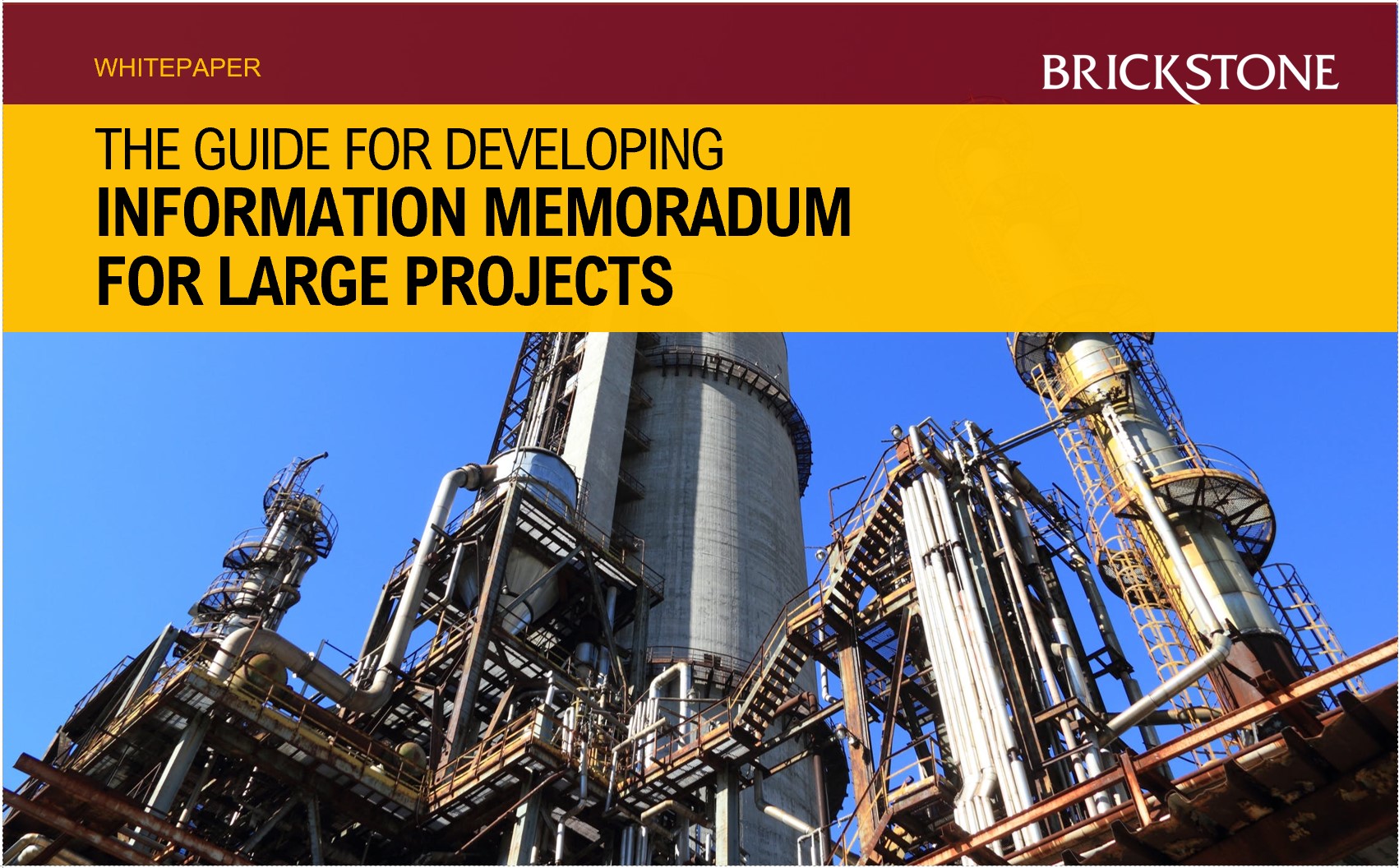Key Development Considerations Affordable Housing
Affordable Housing in many countries is viewed as an important metric for growth. This is the status quo in the Netherlands. In Nigeria, policies and initiatives have been formulated for the purpose of enabling growth of the housing sector, with regards to affordability. However, many of these policies have been futile.
This White Paper curated by the expert team at Brickstone Africa, explains the concept of affordable housing, and gives some insight into how Nigeria can achieve her objectives regarding it. It explains the problems inherent in Nigeria, and how they pose a threat to achieving affordable housing. Finally, it suggests a collaboration in furtherance of the affordable housing objective, between the public and private sector through Private Sector Participation.
This White Paper starts by making reference to the definition of Housing as provided by the Nigerian National Housing Policy, which is the process of providing functional shelter in a proper setting in a neighbourhood, supported by sustainable maintenance of the built environment for the day-to-day living and activities of individuals and families within the communities.
In order for a nation to meet its affordable housing objectives, there must be a stable macroeconomic environment. For Nigeria, this presents a difficult situation because of the high inflation rates and nominal interest rates. These issues do not only reduce the prospects of affordable housing, but as stated in this White Paper, they also affect the supply of funds and the types of mortgages offered by lenders. This is because in a volatile economy, lenders are more concerned about liquidity risk and would be reluctant to offer long term loans.
In a bid to improve the status quo, the Nigerian Government has championed several housing policies and initiatives over the years. This White Paper examines these policies from 1928 when the Colonial Expatriate and Senior Staff Quarters Initiative was introduced, to 2000-2004 when the National Housing Reform (Private Sector Driven) Policy was in operation, and finally to 2016 when the Federal Integrated Staff Housing Policy (FISH) was introduced.
Furthermore, this White Paper gives a detailed overview of the Housing Sector in Nigeria. It explains how the various policies and initiatives created and proposed between 2006 and 2017 failed to adequately resolve the backlog of housing problems in the country, and how this reveals the need for more pragmatic solutions.
Additionally, it explores the two affordable housing initiatives formulated by the present administration headed by President Muhammadu Buhari. The Federal Integrated Staff Housing Programme was introduced in 2016 by the Head of the Civil Service of the Federation (HOS) in line with the Federal Government’s housing policy. It is designed to provide affordable housing for Federal Civil Servants through an integrated strategy involving group land allocation, site services, infrastructure development, inter-ministerial collaboration, and utilization of expertise residual in the Service.
The second initiative by the present administration is the My Own Home Scheme introduced in 2017. For this, the government signed a Memorandum of Association with Shelter Afrique and the Real Estate Developers Association of Nigeria for the construction of about 100,000 housing units across the country for N610 billion. In addition, for a total of $200m about 10,000 houses will be constructed nationwide on a yearly basis for 10 years. This scheme is supported by the World Bank and the African Development Bank and affords real estate developers focused on social housing the opportunity to borrow about 80% of the project cost. More details on both affordable housing initiatives can be seen in this White Paper.
Although these present initiatives seem to show great potential, there are still in existence various issues affecting affordable housing in Nigeria. Some of which have been discussed in this White Paper. First, there is a fundamental problem with Property Registration and Title Documentation in Nigeria. The fact that it takes about 80 days (previously 274) to complete the process of property registration slows down the development of land and property, which in turn affects lending attitudes.
Second, this White Paper also discusses the problem surrounding the current land regime – The Land Use Act, 1978. With the provisions of the act, the process of obtaining a Certificate of Occupancy and consent provisions of the act, makes transaction in land tedious, time consuming, and expensive.
The third problem identified in this White Paper is Infrastructural Inadequacy, which is a problem that stunts major development opportunities in Nigeria. For Housing particularly, the lack of primary infrastructure such as roads, water, electricity, etc accounts for up to 30% of housing development costs.
Other problems exhaustively considered in this White Paper include Paucity of Long-Term Funds, the High Cost of Building Materials, Enforcing Foreclosure, the Nigerian Taxation System, Construction Methods, Construction Permits Issues, and finally, Household Income and Wealth.
In addition to the foregoing, to provide more clarity as to the issues surrounding the housing sector, as well as the prospects of the sector for Nigeria, this White Paper also examines the case of the Netherlands, the problems they faced, how they overcame some of their challenges, their social housing concept, and how Nigeria can adopt the affordable housing strategy in Nigeria.
According to this White Paper, Affordable Housing in relation to the Netherlands, is housing which is deemed affordable to those with a median household income as rated by the national government or by a local government through a recognised housing affordability index.
It is important to be aware that in the Netherlands, about one third of the total housing market (33.2%, or 75.6% of the total rented stock) is owned by social housing organizations or “housing corporations”. Interestingly, the social housing sector in the country has been financially independent from public funding since 1993, and apart from the backup guarantee system explained in this White Paper, there is hardly any public financial support to the sector. Averagely, financing of new projects consists mainly of 20-30% and 70-80% bank loans.
Another interesting strategy being utilised by the Netherlands is that social housing organizations have access to a 3-layer security scheme to guarantee the loans they attract with banks to finance their social housing activities. The three levels of security include The Central Fund for Social Housing (CFV), The Guarantee for Social Housing (WSW), and The Dutch States and Municipalities.
Furthermore, in the Netherlands, the rent for the cheaper rental homes is kept low through governmental oversight and regulations. These type homes are known as ‘sociale huurwoningen’. To implement our own initiatives, we need to thoroughly study and embrace similar strategies as the Netherlands’. This White Paper highlights bullet points of processes that could help us create a more effective social housing strategy.
In addition to the above, this White Paper also explains in great detail, four areas with which the affordable housing gap could be tackled: Securing of land for affordable housing at the right location; Developing and building housing at lower cost; Operating and maintaining properties more efficiently; and Improving access to financing for home purchases, development, and rental assistance.
Finally, this White Paper suggests a collaboration between the public and private sector through Private Sector Participation, and mentions ten different types of affordable housing that can be considered for development.








